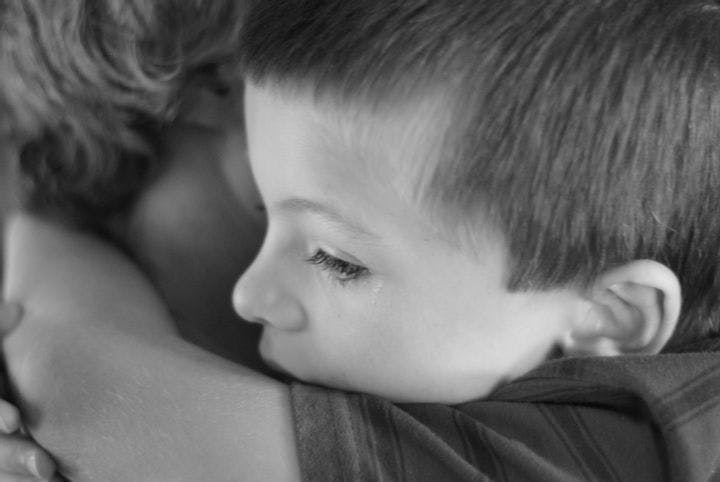Winter 2013
Why do kids develop autism?
– The Wilson Quarterly
Some researchers think “systematic thinking” plays a role.
Why do kids develop autism? Before the 1980s, scientists blamed environmental factors, particularly inattentive and unloving mothers. Now they know better: Autism has a lot to do with genetics — and, perhaps, testosterone levels.
Simon Baron-Cohen, a professor of developmental psychopathology at the University of Cambridge in England, says the hereditary details remain murky, but researchers are uncovering some surprising patterns in children with autism and the families they come from.
Extreme difficulty communicating and interacting with others is perhaps the most salient trait associated with autism, a condition that affects about one percent of the population. People with autism also exhibit a strong bias toward what Baron-Cohen calls “systemizing,” which he defines as “the drive to analyze or construct a system,” whether mechanical (cars or computers) or abstract (mathematics). Even as children, autistic people are prodigious systemizers. They obsess about details — putting all the light switches in the same position, for example — and perform impressive feats of memorization. Scientists, engineers, and mathematicians have this particular mental gift in spades. (In a 1998 study, Baron-Cohen and a colleague found that Cambridge math students were nine times more likely to be autistic than their counterparts in the humanities.)
Baron-Cohen says it’s no coincidence that autism is especially prevalent among children whose parents are themselves systematic thinkers. Through “assortative mating,” he believes, systemizing people such as mathematicians and engineers tend to find mates with similar abilities. This leaves their kids more likely to develop autism.
There’s anecdotal support for the assortative mating theory. Children with a parent who attended the Massachusetts Institute of Technology are 10 times more likely than average to have autism, according to alumni reports. In a study of Eindhoven, the Netherlands’ Silicon Valley, Baron-Cohen and a colleague found that elementary schools reported rates of autism nearly three times higher than those for grade schools in Dutch cities of similar size.
But assortative mating doesn’t explain all of the peculiarities of autism. Among children with the classic form of the disorder, boys outnumber girls by a ratio of four to one. Asperger’s syndrome, a form of autism with less severe symptoms, stretches that ratio to as much as nine to one. Girls with autism often prefer to play with toys traditionally associated with boys’ play: Legos, trains, Erector Sets, and almost any other “system” with moving parts. And autistic girls suffer a high rate of polycystic ovary syndrome, which results from abnormally high testosterone levels.
Could testosterone, which is produced by males and females, play a role in autism? Baron-Cohen and a colleague at the Autism Research Center in Cambridge studied the amniocentesis results of 235 pregnant women to measure prenatal testosterone’s impact on development. The prenatal stage is crucial because a male fetus produces, on average, more than twice as much testosterone as a female one. The two researchers found what they had expected: “The more testosterone surrounding a fetus in the womb, the stronger the children’s later interest in systems, the better their attention to detail, and the higher their number of traits associated with autism.”
The role of testosterone makes sense, according to Baron-Cohen. After all, “strong systemizing is much more common in men than in women.” That, he argues, is why men dominate the hard sciences but are underrepresented in psychology and medicine.
“Prenatal testosterone, if it is involved in autism, is not acting alone,” Baron-Cohen writes. “And we should not draw the simplistic conclusion that all technical-minded people carry genes for autism.”
The pattern seems plain enough, however. “Genes that contribute to autism may overlap with genes for the uniquely human ability to understand how the world works in extraordinary detail,” Baron-Cohen writes, “to see beauty in patterns inherent in nature, technology, music, and math.”
THE SOURCE: “Autism and the Technical Mind” by Simon Baron-Cohen. Scientific American, Nov. 2012.
Photo courtesy of Flickr/Lance Neilson
